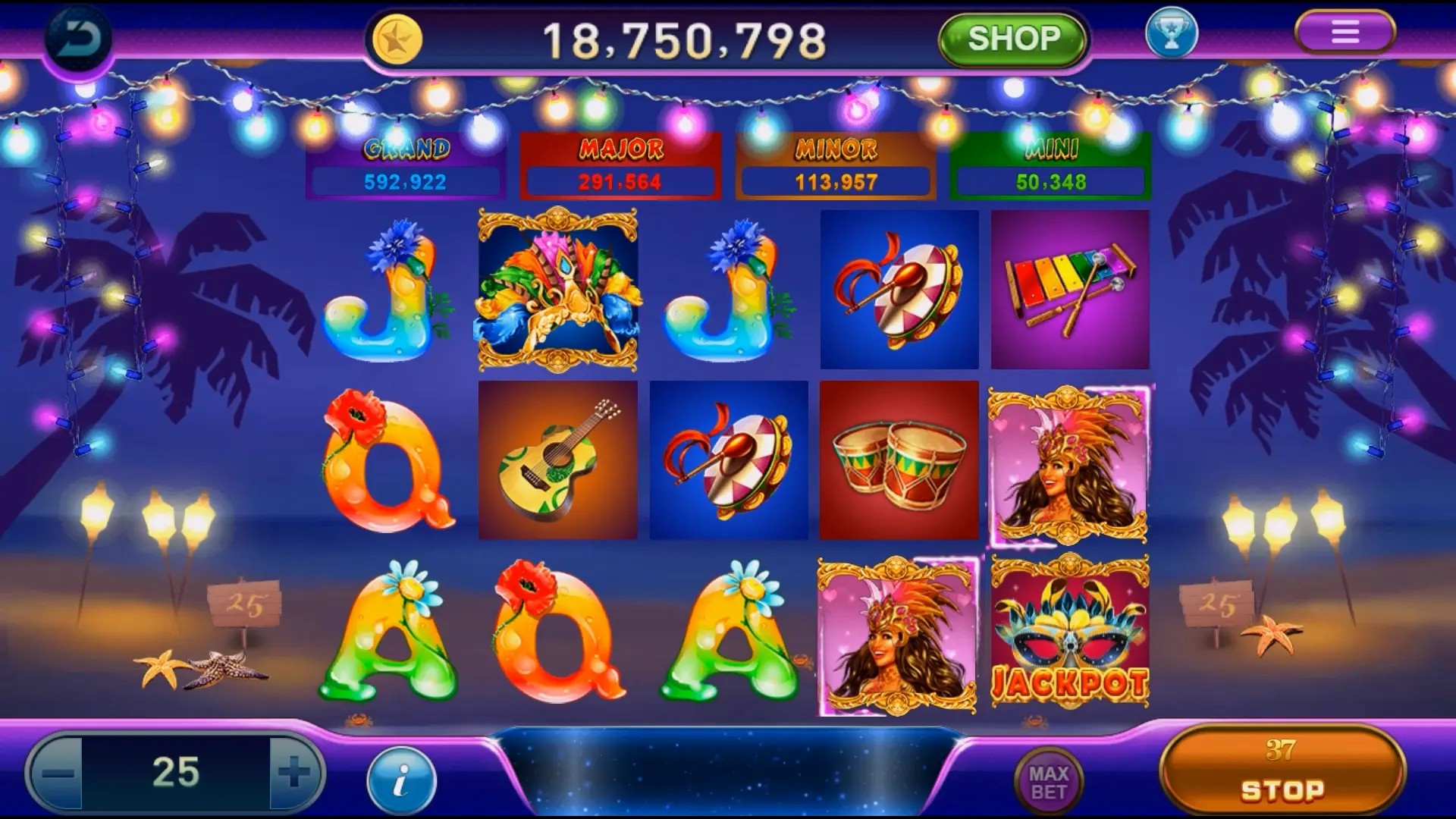About the Multiplayer Adventure Game Boom in Modern Gaming
The past decade has seen a massive surge in multiplayer adventure games, particularly those combining rich narratives with shared play. These titles—often found in PC Story Mode genres—are drawing in players of various experience levels and interests.
Fans ask not only “What’s next?" but also “Whats the last Star Wars game I should be playing with my friends this week?“. And they want answers fast—and in style!
| Genre Blend | Solo Play | Cross-Platform? | |
|---|---|---|---|
| Classic Adventure Titles | Meh at best | ✓ | |
| Bold New Co-Ops | Vital Element | Possible | Some support |
| Futuristic RPG-Fusion Experiences | Inherent | Hindrane | Demand standard |
Rise Of Team-Based Questing Through The Ages (And Servers)
- Early roots were single-player dungeon crawlers
- Xbox Live and Steam matchmaking opened doors in the mid-2000s
- Now? Games like Elden Ring even added limited co-op to previously sacred solo experiences
- Mobile platforms started integrating mini-multi into story-driven adventures by 2020
The Appeal Of Shared Narratives: Why It Matters Now
The magic lies not just in completing missions as groups—it’s experiencing how characters respond under different choices made within the same universe. Some modern hits even record player decisions affecting quest outcomes for their teammates in ways never thought before.Fresh Takes On Familiar Franchise Formula
Take for instance when someone finally asks “Whasts the lastest star wars adventure game out there for two-player couch sessions." The answer changes yearly these days thanks to publishers mixing up gameplay styles while still keeping core story threads from being cut completely.Facing Challenges Together: How Gameplay Gets Elevated In Multi-Adventure Titles
This shift has created a new frontier for gamers seeking more than just combat. With features ranging from timed platform puzzles requiring real-time team coordination to moral decisions where party members negotiate paths instead of simply selecting dialogue options alone—the dynamics have evolved drastically since classics like Monkey Island required passing the controller round during splitscreen moments.
If you’ve ever played old Resident Evil titles on SNES/DC and passed along a healing spray without talking through who’d carry what keycard... Yeah. Back then communication happened nonverbally. These games are now about constant verbal and digital teamwork, not just shared silence beside your buddy clutching the same screen cable in their lap.
- Shared resources often limit brute-forcing methods
- Team load-outs directly influence which sections can progress first/second etc… no more lone-wolf speed runs unless the group votes “everyone goes ninja" or something stupid
- Lobby settings allow setting rules such as one-way checkpoints, or permadeath mechanics which change strategies instantly
| Mechanics Breakdown By Year & Title Popularity Score | Before 2010 | Mid '10's Come-up | Present-Day Trends |
|---|---|---|---|
| Dialogue Choice Impact | In-game NPC reactions changed only once, maybe never unless ending sequence | Party vote affects conclusion branches | Tons of minor impacts that show up months later—like in final boss attacks |
| Action Mechanics Difficulty Sharing Control During Intense Moments? | Eh... Just pass the console | Copeland-style local split-screens appear frequently in early Xbox One era | A.I companions + drop-in co-op replaces physical couch requirements entirely except in rare exceptions like Overcooked series’ parody versions trying to mock the older messier styles still existing somehow |
Even retro remakes aren’t untouched. Recently developers dusted off beloved franchises only add full online capabilities and asynchronous progression tools where your friend can start the main puzzle door sequence and you log in 48 minutes later mid-bathroom line break and hit confirm remotely like an absolute genius of scheduling time efficiently! Who needs coffee when smart friends handle ancient riddles via cloud syncing for us, really.



